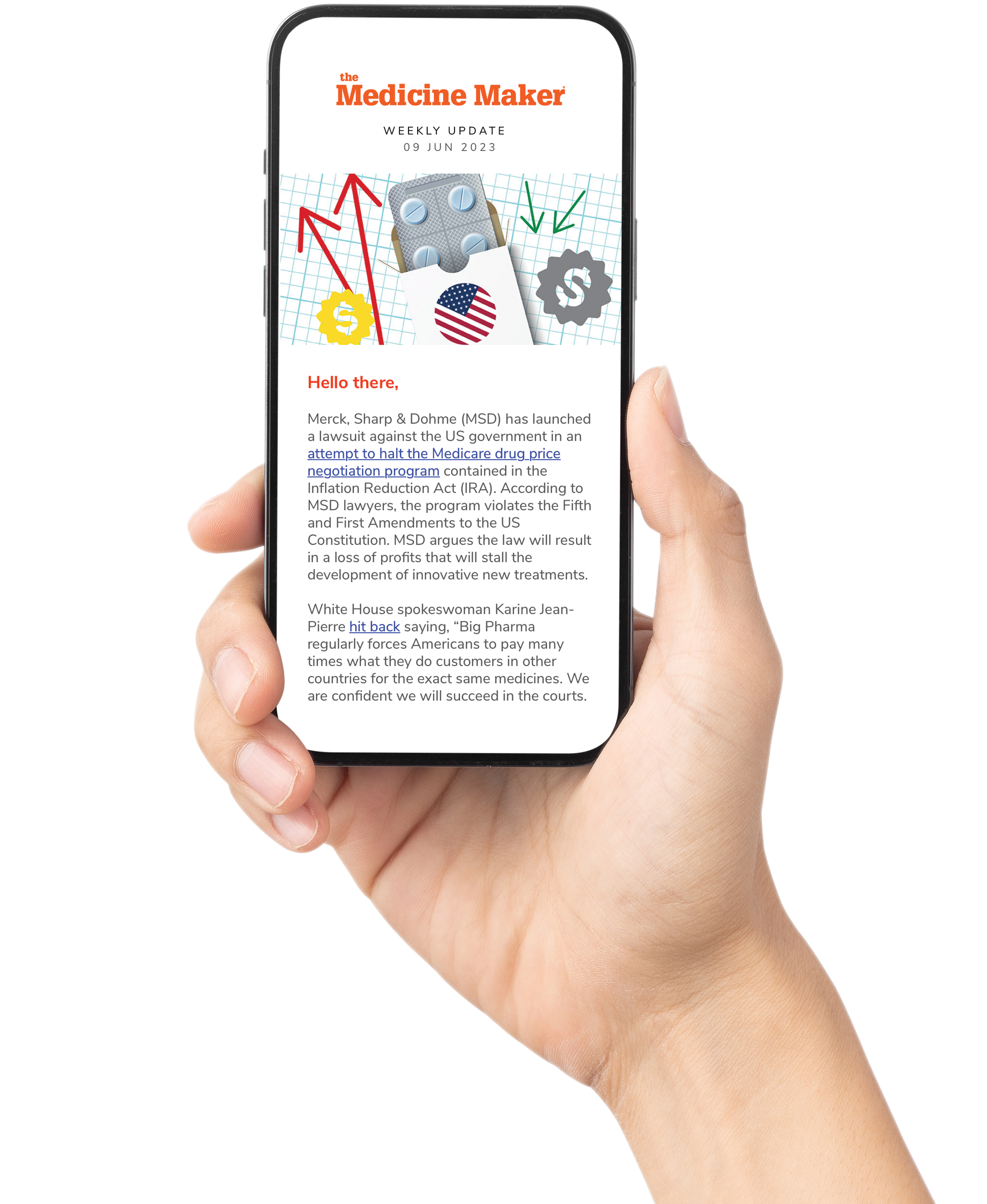There are many factors to consider when assessing the compatibility of a container for a drug product, but fill-finish is often where critical challenges arise.
When vials are prepared for use, heat used during depyrogenation can change the surface properties of the glass, making it what Matt Hall, Technical Affairs Director at Corning Pharmaceutical Technologies, refers to as “sticky.” He explains, “This stickiness becomes problematic when vials meet each other, such as on the fill-finish line. They can jam or become scratched and damaged. This can lead to particulate being released (a leading cause of recalls) – and in some cases, cracking or breakage. When this happens, the entire flow of vials through the line can be disrupted.”
Interruptions in the process typically require human intervention to fix, which then presents a risk to the sterility of the drug product. Beyond product risk, there’s also the matter of cost and efficiency. This equipment is expensive to operate, so keeping it running smoothly and consistently is a top priority.
Corning® Velocity® vials have an exterior coating that improves how the vial behaves during processing by reducing friction, preventing damage, and enhancing handling. The coating is a polyimide-based material – renowned for excellent thermal and mechanical durability. Corning Valor® and Viridian® vials are also equipped with Corning’s low-friction external coating technology.
“The coating acts like a lubricant,” says Rohit Kataria, Business Director at Corning Pharmaceutical Technologies. “The smoother movement helps reduce particulate generation and keeps the fillfinish line running with fewer interruptions. It’s a small change with a big impact on consistency and safety. A company making the switch to Velocity can report the change in their annual report.”
With some coating technologies, there is a risk of migration to the inside of the vial, where it can potentially integrate with the drug product. The Velocity coating is bonded to the vial’s exterior surface using a special process. “Velocity is a robust and durable layer that stays exactly where it’s applied,” says Hall. “We’ve also implemented control systems during manufacturing to ensure that the coating is only on the outer surface; never on the sealing surface of the vial flange, and definitely not inside the vial.”

Pandemic data
Velocity was first introduced to the market as a container for a COVID-19 vaccine during the pandemic. A contract manufacturer using Velocity closely tracked the performance of their filling line, including glass-related downtime, such as vials breaking, tipping, or jamming on the line.
The manufacturer was running both conventional, uncoated vials, and Velocity vials – and the results were striking. “There was a 35 percent increase in line efficiency when using Velocity compared to uncoated vials,” says Hall. “A 30-times reduction in glass-related cosmetic defects was also observed.”
Fill-finish equipment manufacturers are constantly improving their machines to increase production speeds and throughput. Until now, however, vial innovation has not kept pace, with companies often needing to run lines at 70 percent capacity to avoid issues associated with uncoated vials.
Kataria says, “With Velocity, we’ve seen improvements of 20 to 30 percent in overall throughput, just from switching the coating. Velocity vials enable manufacturers to use the full potential of their upgraded assets. One of the best pieces of feedback we’ve gotten from a customer is this: ‘Velocity has brought velocity to our lines.’ That really says it all.”
An open ecosystem
Velocity is available directly from Corning, but the technology has also been licensed to Gerresheimer, Nipro, and SGD Pharma. Why do this? Hall says: “When we first introduced Velocity, one of the most common questions from customers was: ‘can we get this from more than one supplier?’ Supply chain resilience is a top priority.”
“We’ve made sure that companies can adopt Velocity without having to navigate a completely new approval process,” says Kataria. “However, many pharma companies are hesitant to change their established supplier relationships, which inspired us to create an open ecosystem to make this valuable technology accessible through trustworthy companies. We’re continuously reinventing not only the technology itself, but also how we bring it to customers. Ultimately, we want as many patients as possible to benefit from this safer, smarter solution.”
Learn more about Velocity at: www.corning.com/velocity





